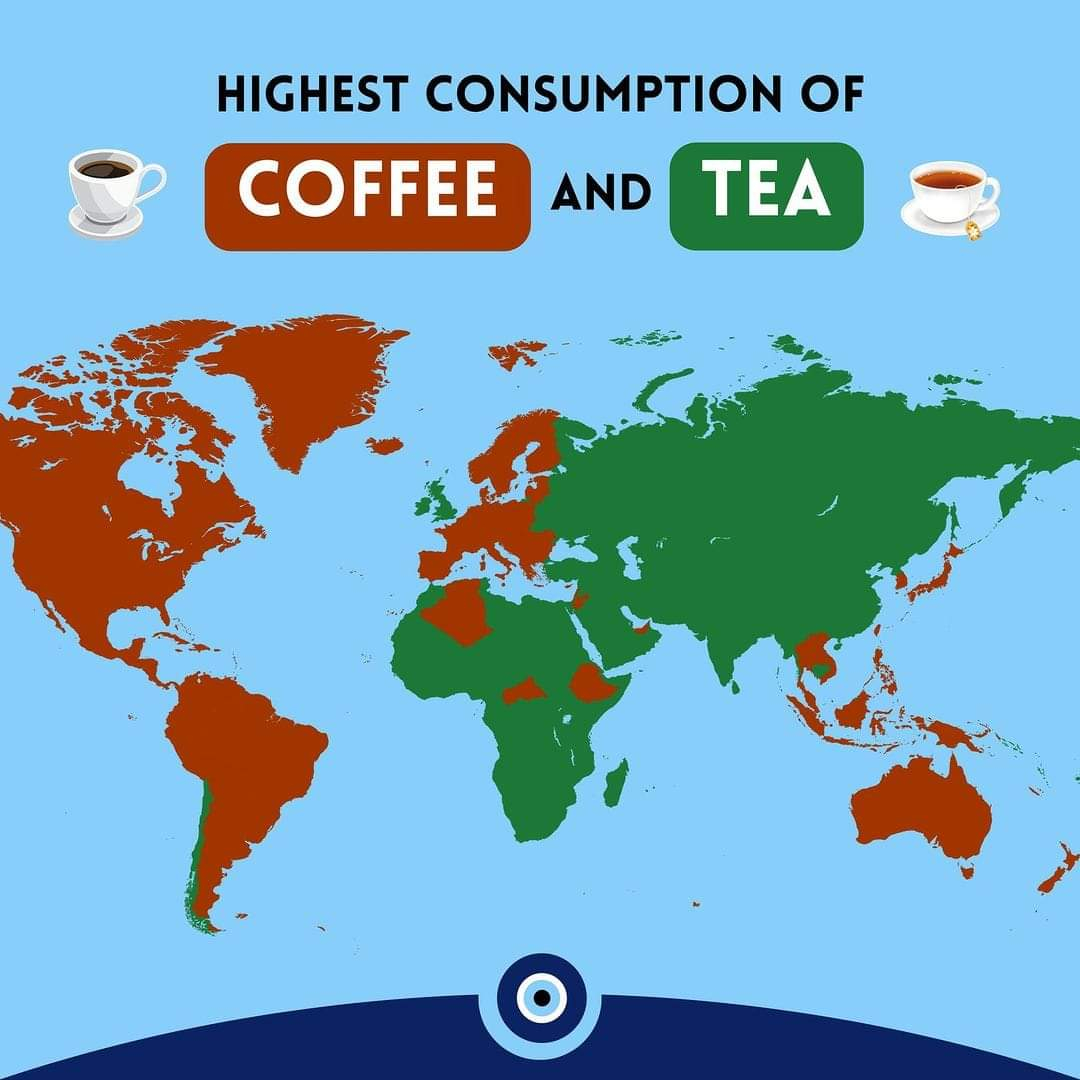Welcome to Istanbul: The City Between Two Continents!
Did you know Istanbul is the only city in the world that spans both Europe and Asia? This magical Turkish metropolis is a living museum of history, culture, and modern life—all in one breathtaking place!
Quick Facts:
• Location: Northwest Turkey, along the Bosphorus Strait
• Area: ~5,343 km²
• Population: 15+ million (Turkey’s largest city!)
• Language: Turkish
• Currency: Turkish Lira (TRY)
⸻
Must-See Highlights:
• Historic Icons: Hagia Sophia, Blue Mosque, Topkapi Palace, Galata Tower, Roman Hippodrome
• UNESCO Site: The Historic Areas of Istanbul (Byzantine + Ottoman treasures)
• Bridges That Connect Continents: Bosphorus Bridge & Fatih Sultan Mehmet Bridge
• Famous Bazaars: Grand Bazaar & Spice Bazaar – centuries of shopping history!
• Unique Transport: Ferry rides between continents, nostalgic trams, funiculars
⸻
Tastes of Istanbul:
Kebab, köfte, simit (sesame bread ring), meze plates, sweet baklava, and of course—Turkish tea in tulip-shaped glasses!
⸻
Fun Fact:
Istanbul was once known as Byzantium and Constantinople, serving as capital of 3 great empires: Roman, Byzantine, and Ottoman!
⸻
Istanbul isn’t just a city—it’s an experience that connects history and the future!
#Istanbul #VisitTurkey #CityOfTwoContinents #Bosphorus #TurkishCulture #TravelGoals #AmazingWorldGeography
Did you know Istanbul is the only city in the world that spans both Europe and Asia? This magical Turkish metropolis is a living museum of history, culture, and modern life—all in one breathtaking place!
Quick Facts:
• Location: Northwest Turkey, along the Bosphorus Strait
• Area: ~5,343 km²
• Population: 15+ million (Turkey’s largest city!)
• Language: Turkish
• Currency: Turkish Lira (TRY)
⸻
Must-See Highlights:
• Historic Icons: Hagia Sophia, Blue Mosque, Topkapi Palace, Galata Tower, Roman Hippodrome
• UNESCO Site: The Historic Areas of Istanbul (Byzantine + Ottoman treasures)
• Bridges That Connect Continents: Bosphorus Bridge & Fatih Sultan Mehmet Bridge
• Famous Bazaars: Grand Bazaar & Spice Bazaar – centuries of shopping history!
• Unique Transport: Ferry rides between continents, nostalgic trams, funiculars
⸻
Tastes of Istanbul:
Kebab, köfte, simit (sesame bread ring), meze plates, sweet baklava, and of course—Turkish tea in tulip-shaped glasses!
⸻
Fun Fact:
Istanbul was once known as Byzantium and Constantinople, serving as capital of 3 great empires: Roman, Byzantine, and Ottoman!
⸻
Istanbul isn’t just a city—it’s an experience that connects history and the future!
#Istanbul #VisitTurkey #CityOfTwoContinents #Bosphorus #TurkishCulture #TravelGoals #AmazingWorldGeography
🇹🇷✨ Welcome to Istanbul: The City Between Two Continents!
Did you know Istanbul is the only city in the world that spans both Europe and Asia? This magical Turkish metropolis is a living museum of history, culture, and modern life—all in one breathtaking place!
🌍 Quick Facts:
• Location: Northwest Turkey, along the Bosphorus Strait
• Area: ~5,343 km²
• Population: 15+ million (Turkey’s largest city!)
• Language: Turkish
• Currency: Turkish Lira (TRY)
⸻
🕌 Must-See Highlights:
• Historic Icons: Hagia Sophia, Blue Mosque, Topkapi Palace, Galata Tower, Roman Hippodrome
• UNESCO Site: The Historic Areas of Istanbul (Byzantine + Ottoman treasures)
• Bridges That Connect Continents: Bosphorus Bridge & Fatih Sultan Mehmet Bridge
• Famous Bazaars: Grand Bazaar & Spice Bazaar – centuries of shopping history!
• Unique Transport: Ferry rides between continents, nostalgic trams, funiculars
⸻
🍽️ Tastes of Istanbul:
Kebab, köfte, simit (sesame bread ring), meze plates, sweet baklava, and of course—Turkish tea in tulip-shaped glasses!
⸻
🔍 Fun Fact:
Istanbul was once known as Byzantium and Constantinople, serving as capital of 3 great empires: Roman, Byzantine, and Ottoman!
⸻
Istanbul isn’t just a city—it’s an experience that connects history and the future!
#Istanbul #VisitTurkey #CityOfTwoContinents #Bosphorus #TurkishCulture #TravelGoals #AmazingWorldGeography
0 Comentários
0 Compartilhamentos







